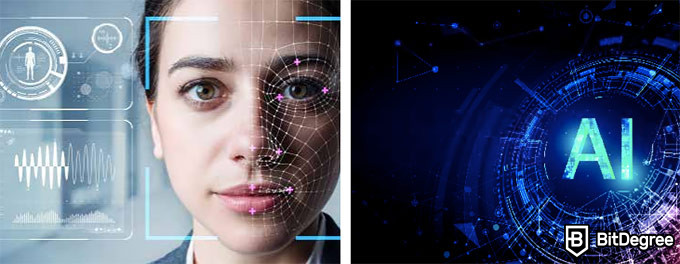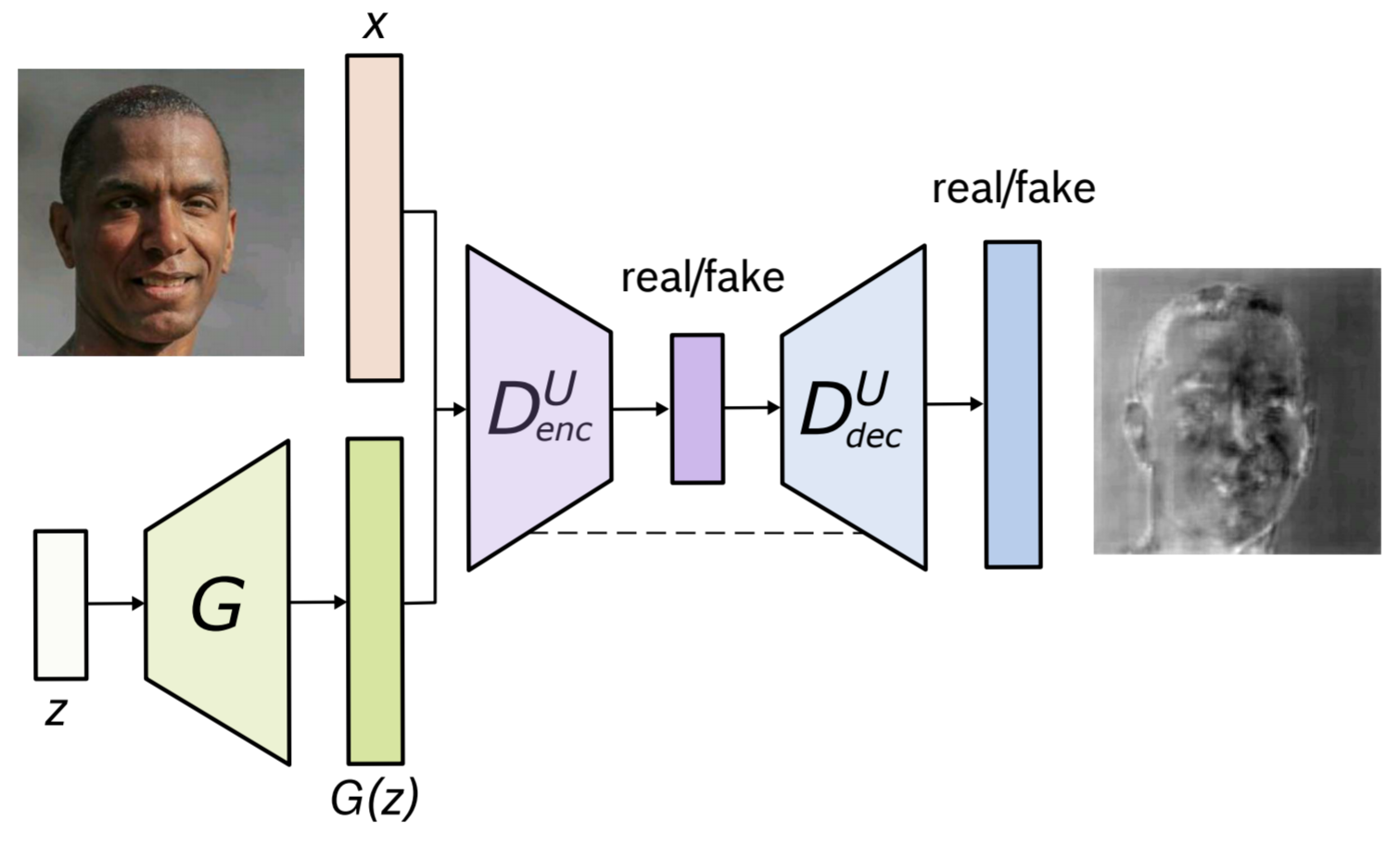
For those interested in the field of artificial intelligence, a good place to start is with an artificial-intelligence 101 course. The course is divided into five themes and covers the basics of each. Topics include the history and uses of AI as well as types of AI systems. It also discusses the science behind AI and emerging AI technologies. This course will provide a comprehensive overview of AI's current state.
Artificial General Intelligence
AI is a term that refers mostly to machines capable enough to match human abilities. These machines are capable to do any task that humans can. They also perform it more efficiently than human beings. However, AI systems are limited in what they can do. They can only perform specific functions. They cannot perform tasks they are not given. AI applications cannot imitate the vast array of human skills.

Augmented intelligence
Augmented intelligence refers to the use of computer programs to enhance the human brain. A computer could be able to read the user's preferences, and recommend movies similar to what they are watching. It would also be able to make decisions for you based on a data-driven algorithm. Augmented intelligence is one the most advanced technologies in the world today. It combines technology and human resources to achieve the best results.
Machine learning
Machine learning refers to the process of identifying patterns and predicting future behavior. There are two types, supervised or unsupervised, of machine learning. Supervised Machine Learning refers to applying artificial intelligence to decision-making activities. Deep learning aims to emulate the human brain's complex structure. A trained machine learns by looking at examples, then applies this knowledge to a real problem.
Self-correcting procedures
Self-correcting methods in artificial intelligence can prove to be a powerful tool for machine learning systems development. Self-correcting AI has the potential to improve a model's performance, and also avoid any issues associated with training it. A set of rules is often the basis for a system's decision-making. This means that the system is intended to be used only once for a specific task. It is possible to make artificial intelligence more effective by using self-correction.

Self-awareness
Self-awareness can be described as the ability of a computer to learn about its own emotions and behavior. Self-aware machines can build representations of their self based on internal and personal states. These machines can make better decisions than humans and are therefore able to make more informed decisions. This is a major step towards developing AI. Achieving limited memory AI is the first step towards developing self-aware AI. This will allow self-aware AI to become self-conscious, mimicking human behavior.
FAQ
Who is leading the AI market today?
Artificial Intelligence is a branch of computer science that studies the creation of intelligent machines capable of performing tasks normally performed by humans. It includes speech recognition and translation, visual perception, natural language process, reasoning, planning, learning and decision-making.
There are many types today of artificial Intelligence technologies. They include neural networks, expert, machine learning, evolutionary computing. Fuzzy logic, fuzzy logic. Rule-based and case-based reasoning. Knowledge representation. Ontology engineering.
There has been much debate over whether AI can understand human thoughts. Recent advances in deep learning have allowed programs to be created that are capable of performing specific tasks.
Google's DeepMind unit has become one of the most important developers of AI software. Demis Hashibis, who was previously the head neuroscience at University College London, founded the unit in 2010. DeepMind invented AlphaGo in 2014. This program was designed to play Go against the top professional players.
What is AI used today?
Artificial intelligence (AI) is an umbrella term for machine learning, natural language processing, robotics, autonomous agents, neural networks, expert systems, etc. It is also called smart machines.
Alan Turing wrote the first computer programs in 1950. He was intrigued by whether computers could actually think. In his paper, Computing Machinery and Intelligence, he suggested a test for artificial Intelligence. The test asks if a computer program can carry on a conversation with a human.
John McCarthy, in 1956, introduced artificial intelligence. In his article "Artificial Intelligence", he coined the expression "artificial Intelligence".
There are many AI-based technologies available today. Some are simple and straightforward, while others require more effort. These include voice recognition software and self-driving cars.
There are two major categories of AI: rule based and statistical. Rule-based AI uses logic to make decisions. An example of this is a bank account balance. It would be calculated according to rules like: $10 minimum withdraw $5. Otherwise, deposit $1. Statistics are used for making decisions. For instance, a weather forecast might look at historical data to predict what will happen next.
AI: Why do we use it?
Artificial intelligence, a field of computer science, deals with the simulation and manipulation of intelligent behavior in practical applications like robotics, natural language processing, gaming, and so on.
AI can also be called machine learning. This refers to the study of machines learning without having to program them.
There are two main reasons why AI is used:
-
To make your life easier.
-
To do things better than we could ever do ourselves.
Self-driving cars is a good example. AI is able to take care of driving the car for us.
Statistics
- More than 70 percent of users claim they book trips on their phones, review travel tips, and research local landmarks and restaurants. (builtin.com)
- In 2019, AI adoption among large companies increased by 47% compared to 2018, according to the latest Artificial IntelligenceIndex report. (marsner.com)
- According to the company's website, more than 800 financial firms use AlphaSense, including some Fortune 500 corporations. (builtin.com)
- That's as many of us that have been in that AI space would say, it's about 70 or 80 percent of the work. (finra.org)
- While all of it is still what seems like a far way off, the future of this technology presents a Catch-22, able to solve the world's problems and likely to power all the A.I. systems on earth, but also incredibly dangerous in the wrong hands. (forbes.com)
External Links
How To
How to set Cortana up daily briefing
Cortana, a digital assistant for Windows 10, is available. It helps users quickly find answers, keep them updated, and help them get the most out of their devices.
Setting up a daily briefing will help make your life easier by giving you useful information at any time. The information can include news, weather forecasts or stock prices. Traffic reports and reminders are all acceptable. You can decide what information you would like to receive and how often.
Win + I will open Cortana. Select "Daily briefings" under "Settings," then scroll down until you see the option to enable or disable the daily briefing feature.
Here's how you can customize the daily briefing feature if you have enabled it.
1. Open Cortana.
2. Scroll down until you reach the "My Day” section.
3. Click the arrow next to "Customize My Day."
4. Choose the type information you wish to receive each morning.
5. You can adjust the frequency of the updates.
6. Add or remove items from the list.
7. Keep the changes.
8. Close the app